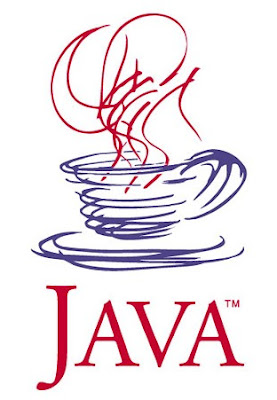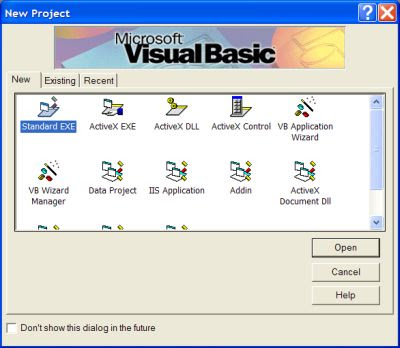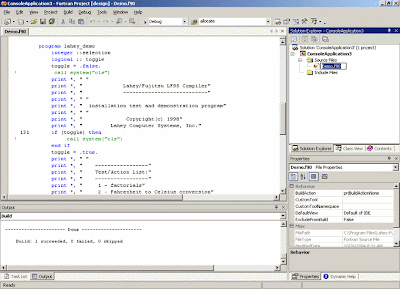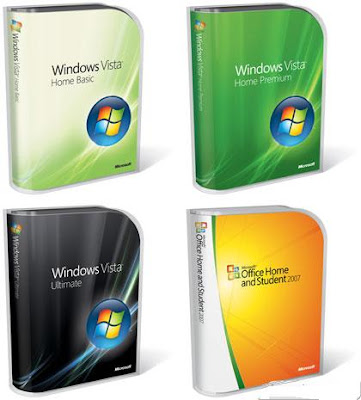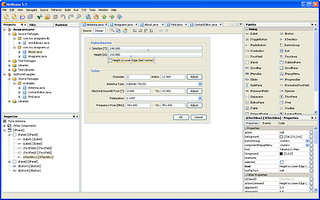Enable New windows vista Home Basic Aero Cursors tips.
Troubleshooting tips 1
:Post-beta 2 builds, windows vista has included new Aero cursors that are not turned on by default. To troubleshooting this in vista.Follow the steps below :Right click on your desktop and select Personalize.Click on the Mouse Cursors item to select a Vista graphics different mouse cursor scheme.Change the Scheme from None to Windows vista Aero.Click OK to see the new Aero mouse cursors.
Kill Security center notification problem in Windows Vista Home Basic
Troubleshooting tips 2: windows vista security center remind you all the time about anti virus. Solution guide:- new easy way to disable the security center messages.Click on the Security Center/Windows Security Alerts logo in the system tray.Click Change the way Security Center alerts me.Select I do not want notification messages from Security Center.
Use small icons size tip for Windows vista.
Troubleshooting large Icon
The Windows vista icon size of the recently run programs list on the Start Menu is set to large by default. This is great if you like the large icons but it also cuts down on the number of recently run programs that can be displayed. Follow the steps below to give your Start Menu a cleaner look
disable large icons problem:
Right click on the Start Button and select Properties.
Click on the Customize button.
Scroll to the bottom of the list and remove the check from Use large icons.
You can now also increase the number of recently run programs in vista that are displayed to something larger than 9.
Hit OK when you are finished.
windows Vista adiitional clock
Windows Vista, you can add additional clocks to the system tray. Click the clock, and then click Date and Time Settings. Click the Additional Clocks tab. You can add one or two additional clocks to the tray and select their time zones.
Vista's word and notepad document more secure
You can create XML documents, which are more secure than regular text files or even word processor docs. Just create a document in a word processor, print(not print out ) it via the options menu, and select the XPS printer.Thats it u have secure document.
Vista Home Basic Internet Explorer Problem
If you’re annoyed by Internet Explorer’s incessant barking that you’ve lowered your security settings , launch “gpedit.msc” from either the Run command or Start Search field, navigate through Local Computer Policy / Computer Configuration / Administrative Templates / Windows Vista Components / Internet Explorer. In the rightmost pane, double-click “Turn off the Security Settings Check feature” and set it to Enabled.
Windows Vista Task manager for troubleshooting
The Windows Task Manager gives you a lot more troubleshooting information in Vista.Click ctr+alt+del, Flip to the Processes tab, and in the View menu, click “Select Columns” and add Description, Command Line, and Image Path Name. Moreover, when you right-click a process, you can select either “Go to Service(s)” or “Open File Location.” These are all long overdue options.
Displaying Run on the vista Desktop
You can create a shortcut for the Run command on your desktopFrom the Start Menu, go to All Programs / AccessoriesDrag a shortcut for Run to the desktop.
vista Displaying Run on the Start Menu
By default, Run is not shown when you open the Start Menu.To enable this:Right click on the taskbarSelect PropertiesClick on the Start Menu tabClick on the Customize buttonScroll down and check Run (it's about 2/3's of the way towards the bottom.
Allowing Network Access with Blank Passwords with Vista
Although you can log in locally without a password, by default, Vista does not allow network users to access the computer without a password. To change this setting in windows vista: Run gpedit.msc Go to Computer Configuration / Windows vista Settings /Security Settings / Local Policies / Security Options Double click on Accounts: Limit local account use of blank passwords to console login only Disable this option.
Adding the IE 7 Icon to the desktop
By default, the icon for the Vista graphics Internet Explorer 7 does not show up on the Vista desktopTo add it back in again, a registry edit is needed. [HKEY_CURRENT_USER\Software\Microsoft\Windows\CurrentVersion\Explorer\HideDesktopIcons\NewStartPanel]"{871C5380-42A0-1069-A2EA-08002B30309D}"=dword:00000000 Then log off and back on again.
Resizing Partitions Vista .
Vista now has the ability to resize partitions. Right click on my Computer on vista tip desktop Select Manage Click on Disk Management Right click on a partition Select Shrink or Extend depending on what you want to do Note: As with all changes to partition sizes, have a good set of backups beforehand is a good idea.
.Access Denied to Folders
If you are getting Access Denied errors when trying to open folderslike Documents and Settings, Application Data, Local settings: Right click on the Folder Select Properties Click on the Security tab Click on the Advanced button Click on the Owner tab Click on the Edit button In the Change owner to box, highlight your account Check Replace owner on subcontainers and objects Click on Apply Click on Yes to replace all permissions Continue to click on OK until you.
Services You Can Disable with vista
There are several services you can disable to help improve performance.
Desktop Window Manager Session Manager - Provides Desktop Window Manager startup and maintenance services.If you don't plan on using Aero Glass, you can disable this service.
Diagnostic Policy Service - Enables problem detection, troubleshooting and resolution for Windows componentsSet to Disabled
Diagnostic Service Host - Same as above
Diagnostic System Host - Same as above
vista Offline Files - The Offline Files service performs maintenance activities on the Offline Files cache, responds to user logon and logoff events, implements the internals of the public API, and dispatches interesting events to those interested in Offline Files activities and changes in cache state.
vista Terminal Services - Allows users to connect interactively to a remote computer. Remote Desktop and Terminal Server depend on this service. If you don't use either of these, then you can disable the service in vista.
Windows vista Error Reporting Service - Allows errors to be reported when programs stop working or responding and allows existing solutions to be delivered.
Windows vista Search - Formerly this was the Indexing Service. Provides content indexing in vista.
comment: futher tips for microsoft windows vista available in future.
